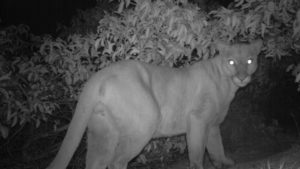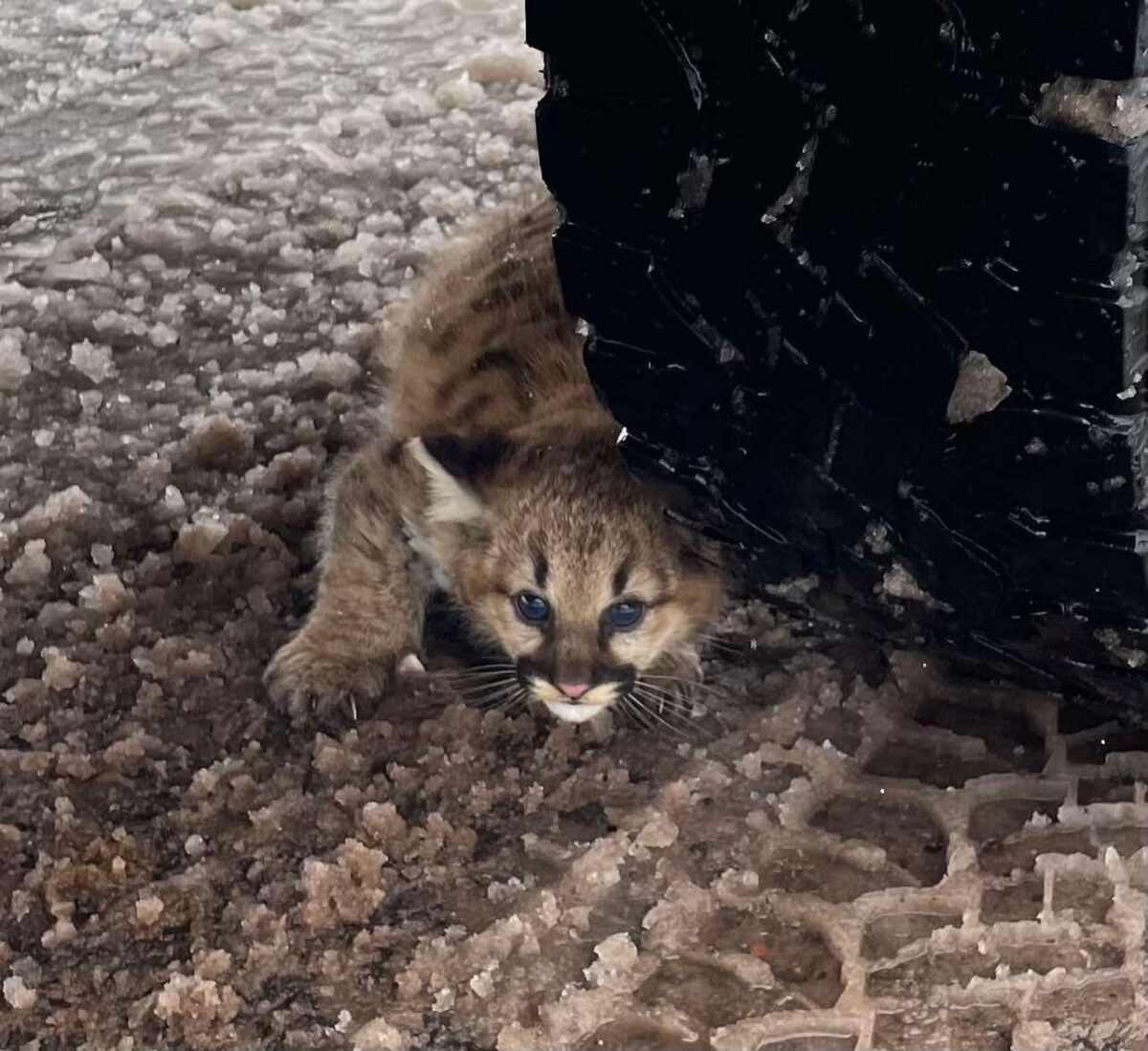 Allies for the Wild Cats of Arizona
Allies for the Wild Cats of Arizona
Trophy hunting and trapping are hobbies that are struggling to justify themselves in today’s age of empathy, education, and conservation awareness. Despite Arizona voters’ disdain for animal cruelty, such practices are still wreaking havoc on the wild cats of the Grand Canyon State. That’s why the Mountain Lion Foundation (MLF) is partnering with Arizonans for Wildlife (AFW) to put an end to these senseless acts of cruelty once and for all. For 10 days MLF employees will be helping AFW gather signatures for a proposed November 2018 ballot measure that would ban the trophy hunting and trapping of all wild cat species within the state, including mountain lions, bobcats, jaguars, ocelots, and lynx.
Though Arizonans feel strongly about inhumane trapping practices, voting to ban the use of steel-jawed leghold traps, body-crushing traps, and snares on public land by an overwhelming majority in 1994, such devices are still used on private land (with cage traps being used on public land). Arizona currently has no limits on the number of bobcats that can be killed each year – over 4,000 bobcats have been killed on average each year for the past five years.
Trapping poses a serious and unnecessarily barbaric threat to all wildlife. As they’re indiscriminate and aren’t tailored to catch just one species, leghold traps and snares result in an inordinate amount of bycatch, which includes both endangered species like the jaguar and ocelot and domestic animals such as dogs. Arizona requires that trappers check their traps only once a day, which is plenty of time for a caught animal to sustain serious injuries to its limbs and teeth while attempting to chew through the trap/snare or even their own leg,or suffer from exposure and dehydration.
Trophy hunting exacerbates the pressures wild cat species face. Mountain lions and bobcats are usually hunted through hounding, which is currently permitted by the Arizona Game and Fish Department. Hounding involves the use of a guide with a pack of GPS-collared dogs that track, chase, and corner their query until the “hunter” follows the dogs to their location and shoots the cat at point-blank range.
Hounding is a dangerous activity for both wild cats and trained dogs. Cats don’t have the running endurance that dogs do and may turn around to fight instead of continuing to flee, leading to injuries to both parties. The heat stress put on animals during high-speed chases under the Arizona sun is serious and needless. Pursuit of endangered species like jaguars and ocelots is prohibited under federal law, but hounds can and will chase and harass any wild cat they find.
Besides the abject cruelty imposed upon wild cats, management of their populations through trapping and trophy hunting is not scientifically sound and has farther-reaching impacts than many realize. The killing of adult female mountain lions usually leads to the orphaning of 1-3 cubs that can’t fend for themselves or take down their own prey until they’re about 12 months old, with many remaining with their mothers until 2 years of age. Killing adult male cats opens territory for young males to move into; individuals that will kill any kittens they come across in an attempt to breed with their mothers.
Several extensive studies also show that killing mountain lions and bobcats only increases human-wildlife conflicts. The young, experienced males that move into a slain adult male’s previous habitat are more likely to engage in conflict with livestock and/or humans, though this is a rare occurrence considering the amount of humans and livestock that continue to encroach upon wild cat habitat. According to the most recent and widely accepted science, the best way to manage predators is with nonlethal methods that discourage or disable said predators from coming into contact with livestock and domestic animals.
We’re also fighting to save wild cats in Arizona to preserve the innumerable benefits they offer to native ecosystems. Top predators like mountain lions, jaguars, ocelots, lynx, and bobcats exist to provide a balance to the great quantities of herbivores (animals like deer, antelope, rodents, and hares) that populate the landscape. If predators didn’t exist, herbivore populations would rise exponentially until they eat themselves out of a home, which would devastate Arizona’s native wildlife communities that rely upon certain types of vegetation to persist. Just look at the reintroduction of wolves into Yellowstone National Park and the effect that had on various ecoregions where aspen stands overgrazed by elk began to regrow again, altering the hydrology of rivers and streams and restoring natural processes that had been absent for decades!
The presence of mountain lions has a similar regulatory effect that contributes to all levels of Arizonan ecosystems. Leftover mountain lion kills (primarily deer carcasses) attract the most scavenger species ever documented and subsequently provide food for other animals like black bears, California condors, eagles, and coyotes, not to mention the litany of invertebrates, fungi, and microscopic organisms that break down organic matter. This all eventually leads to the return of organic nutrients into soil, a critically important cycle vital to the health and growth of plants.
Wild cats are an essential component of the Arizonan landscape and must be managed humanely. Arguments in favor of trophy hunting and trapping have no scientific or ethical base to stand on, whereas our understanding of the importance of wild cats to native ecosystems is only increasing with research and study.
Mountain lions, bobcats, jaguars, lynx, and ocelots have a right to life without the danger of being pursued, trapped, snared, or shot inhumanely. Will you speak for our wild cats and help ensure their protection in Arizona?



 Facebook
Facebook Twitter
Twitter Send Email
Send Email


